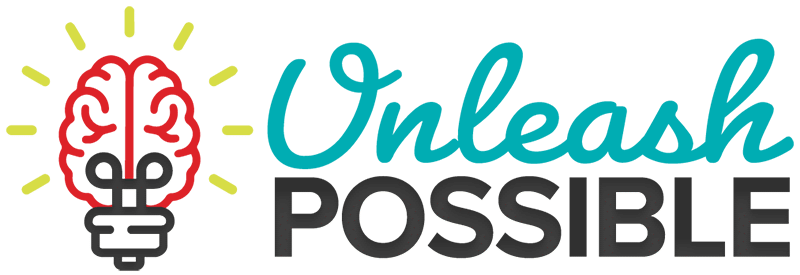Are you creating Yes-ortunities?
As sales and marketing professionals our job is to get a YES.YES, I'll buy a ticket to your conference.YES, I'll purchase your product.YES, I'll renew my services contract for another year.In our quest for the big YES we get a lot of NOs. Many professionals accept NO as a part of the price we pay for being in sales and marketing. Most people don't open our email. Most meetings don't lead to a second get together. Most phone calls end without agreement how to proceed forward. We even go as far as to consider collecting NOs evidence we are working hard. Sadly, that is the completely wrong way to look at it! The reason we get so many NOs is that we focus on the end decision and not all the little opportunities to get a YES along the way.Early in my career I decided to stop expecting NO and to start planning every encounter to get a YES. A YES might start off as simple as accepting my LinkedIn connection. Or it could be as complex as agreeing to a 30 minute follow up phone call. Unfortunately, despite a great deal of discussion about mapping the buyer's journey, as a whole, our profession has made limited progress.Just a couple of days ago someone tweeted a link to an article that got my attention. I excitedly clicked on the link. Before I could more than blink, a pop-up window appeared demanding I sign up for their email newsletter. I hadn't even read one line of the article, on a site I'd never visited before, and they wanted me to sign up? Boy, they were asking for a NO. Still interested in the article I tried to close the subscription box and read the article anyway. Only to find I couldn't read the article unless I subscribed. So, you know what I did? I gave a fake email address and read the piece. It felt like a YES to the person reporting subscription rates, but it was a very clear NO. They should have let me read the article and followed up with another piece of relevant content. Maybe I would have said YES to reading more from them. But I wasn't ready to say YES to being on their email distribution list. I'm guessing email subscription rates was their most measured metric when return visitor rates might have been more effective.Lest you think I'm picking on marketers take this sales scenario that happened the same day. I was observing a prospecting call at a client's office. The introductions had gone well and the sales person had peaked the audience's interest at least enough to stay on the phone. They even got the prospect to identify their current solution and a pain point or two. Instead of inviting this prospect to a web seminar being hosted the next day that would directly address their pain, the sales person started talking about pricing and competitive differentiators of their offering. The prospect ended the call and no natural next step was engaged. They missed their Yes-ortunity.The two scenarios above are obvious examples of what you don't want to do. In fact, if you are reading this it's likely you would roll your eyes at either of them. But I'm willing to bet that if you took a step back and reviewed all your activity you would find more subtle ways you are inviting NOs.Here's the good news! This is an easy issue to address. Helping buyer's through their purchasing journey is a careful game of small moves. All you have to do is re-orient yourself to focus on the next step, not the end goal --- visiting your website, connecting on social, a second meeting, a demo, problem identification, educating the buyer's peers, securing budget, etc.For every encounter ask yourself what could you offer that this person is almost certain to say yes to...that's the move your should make.The road to closing business is paved with lots of small yes-ortunities. Now go get them!

